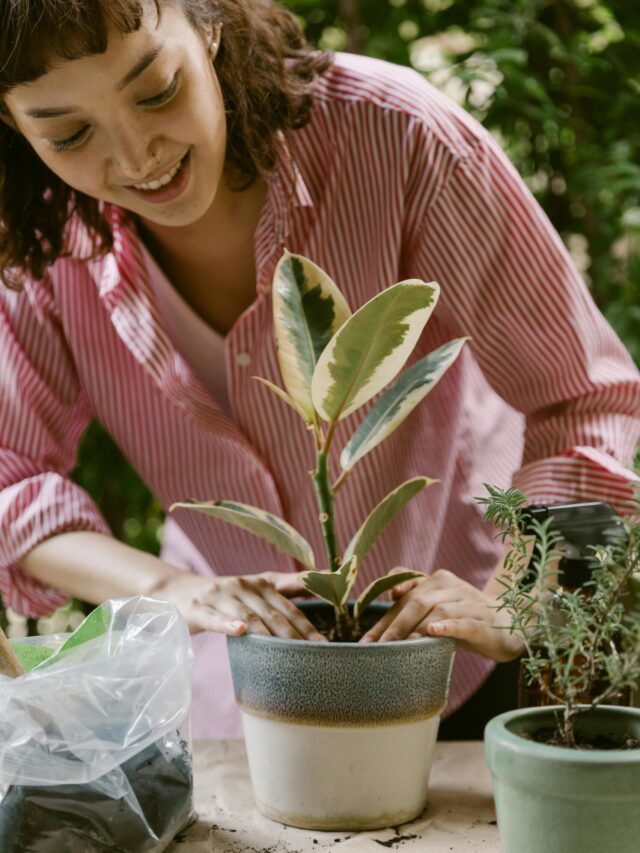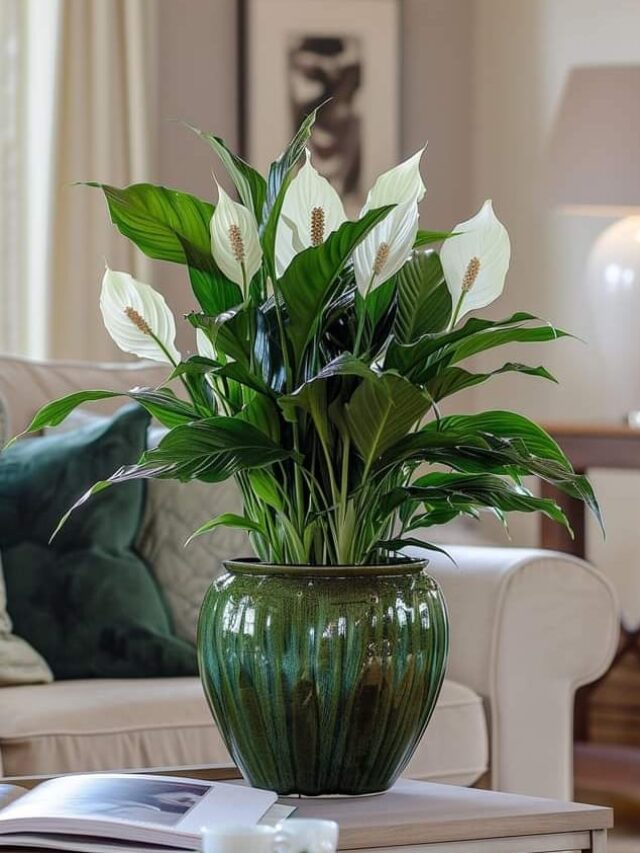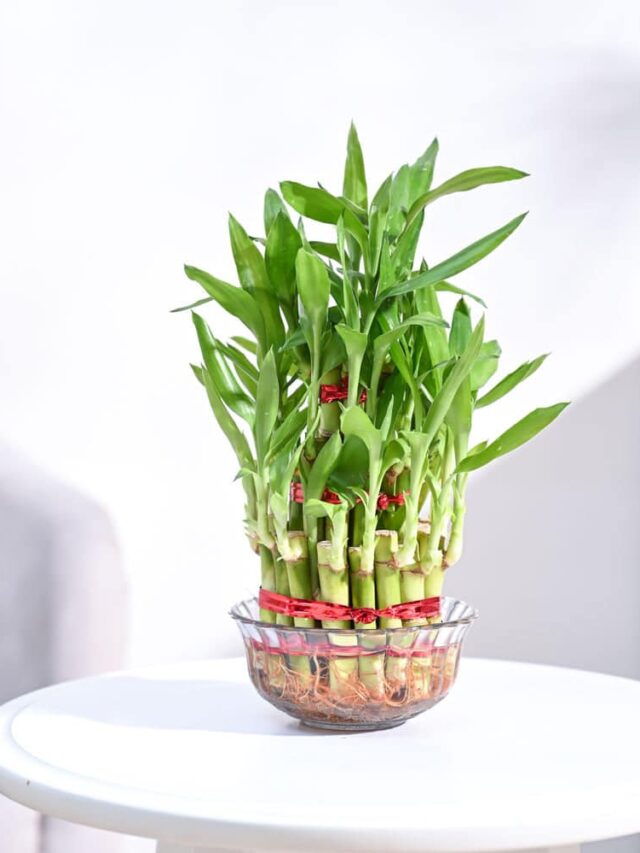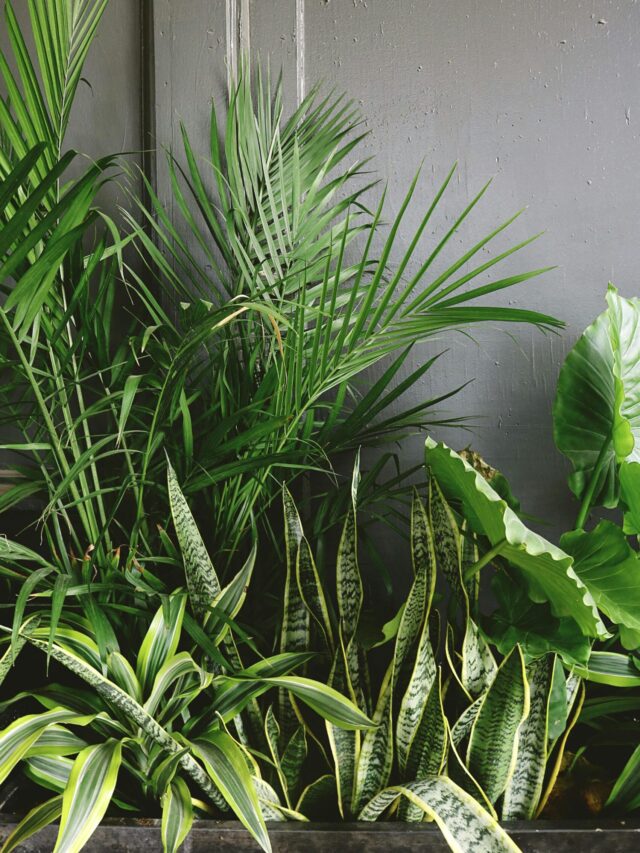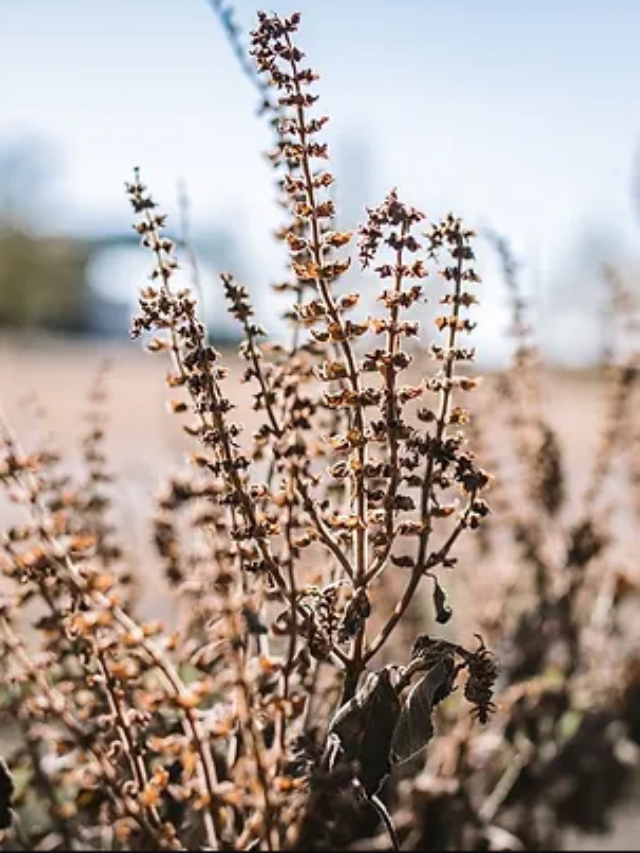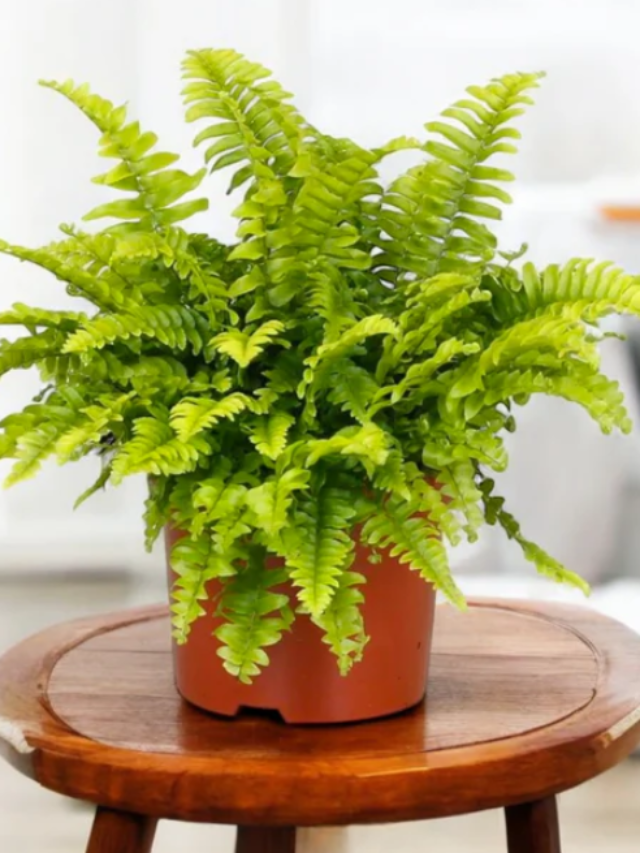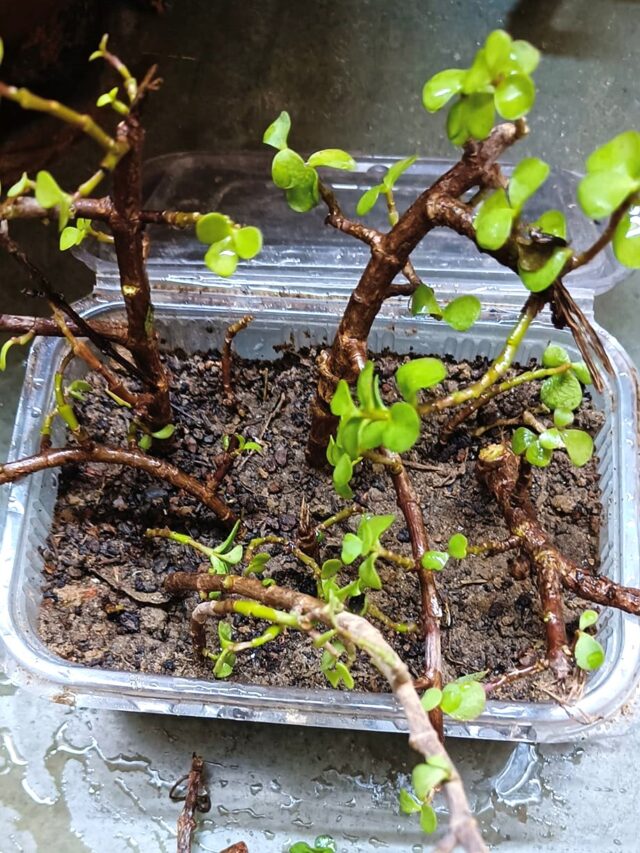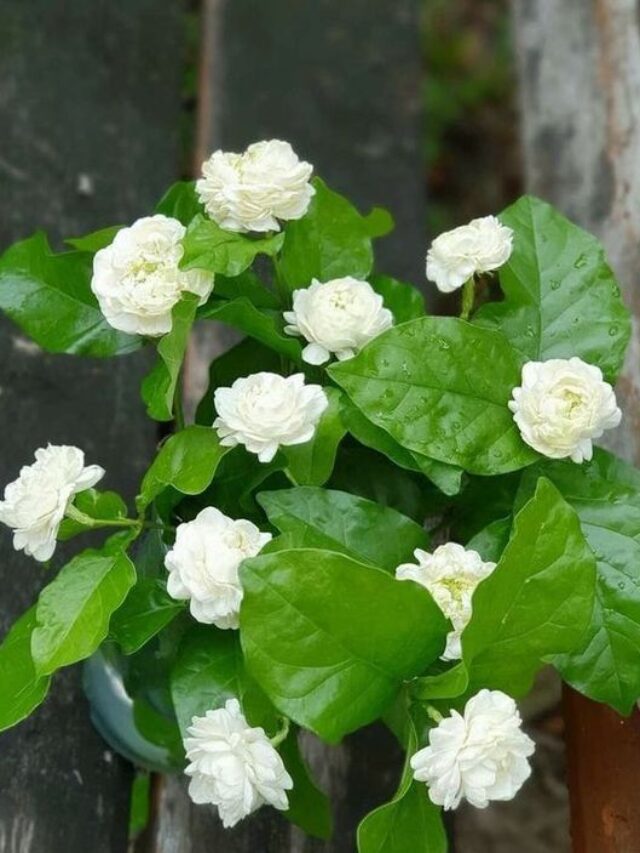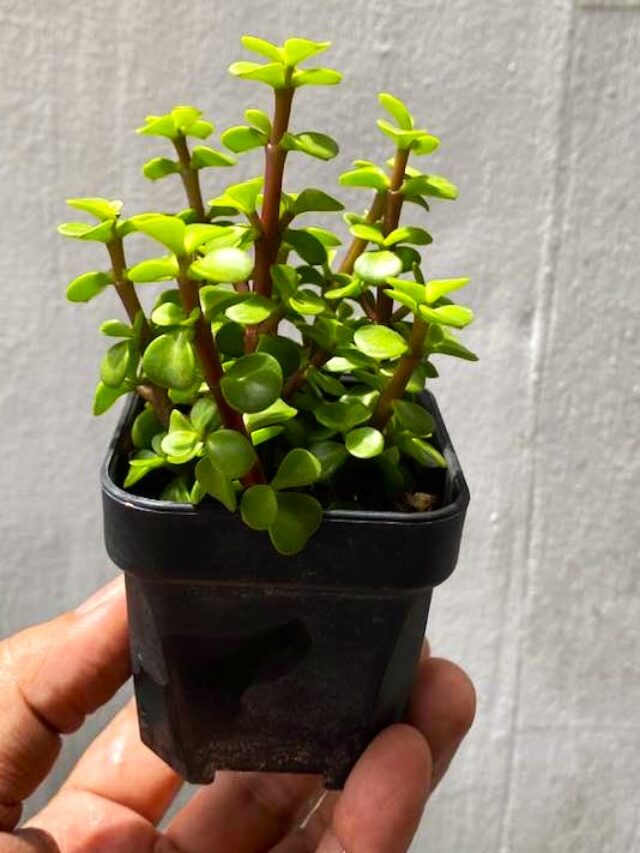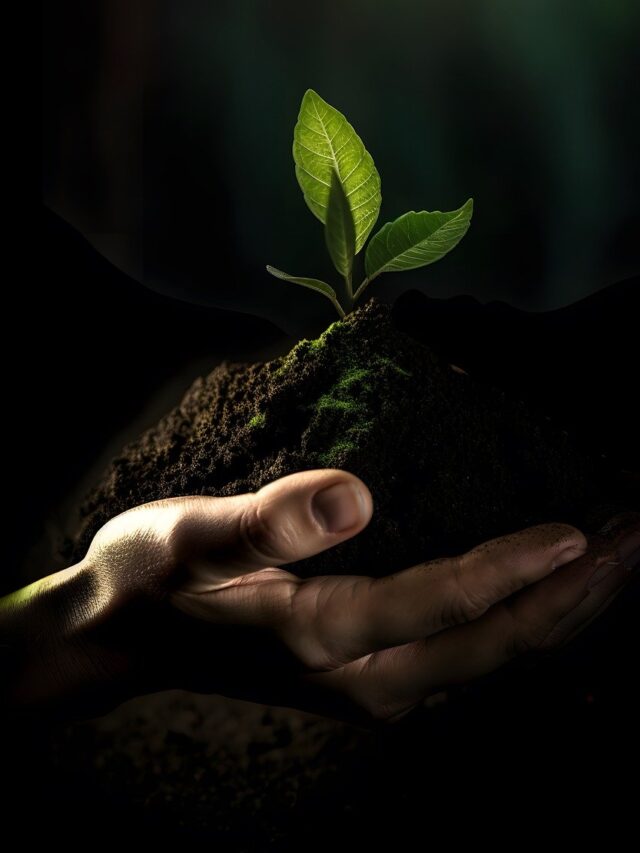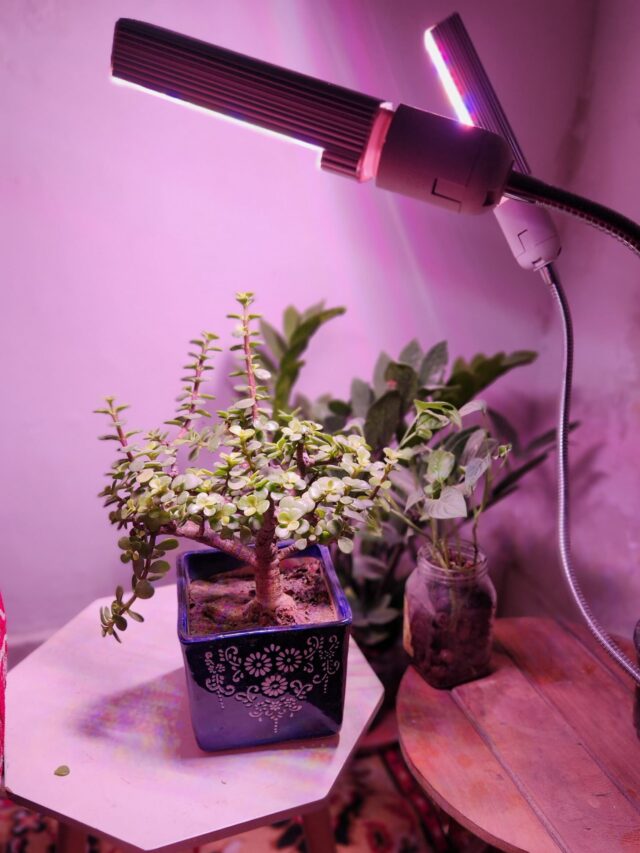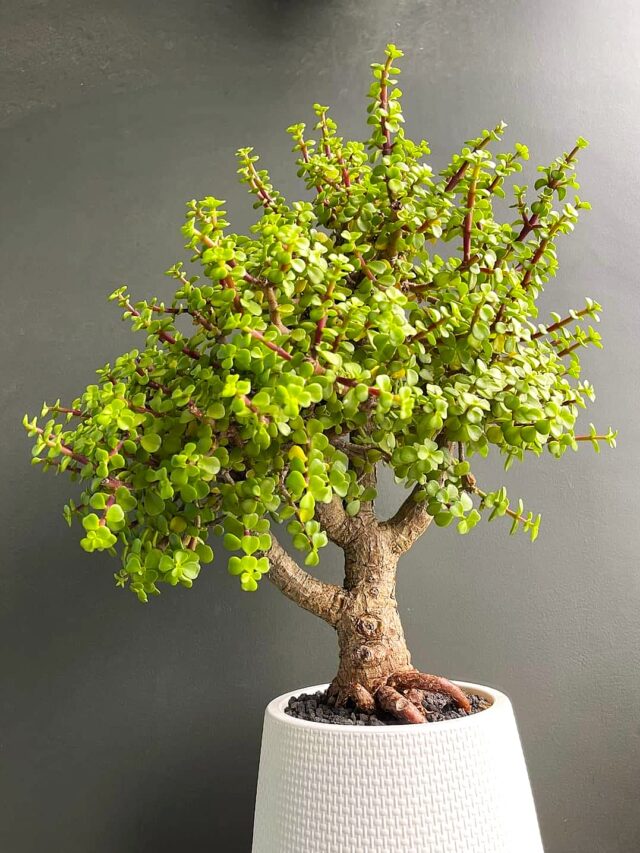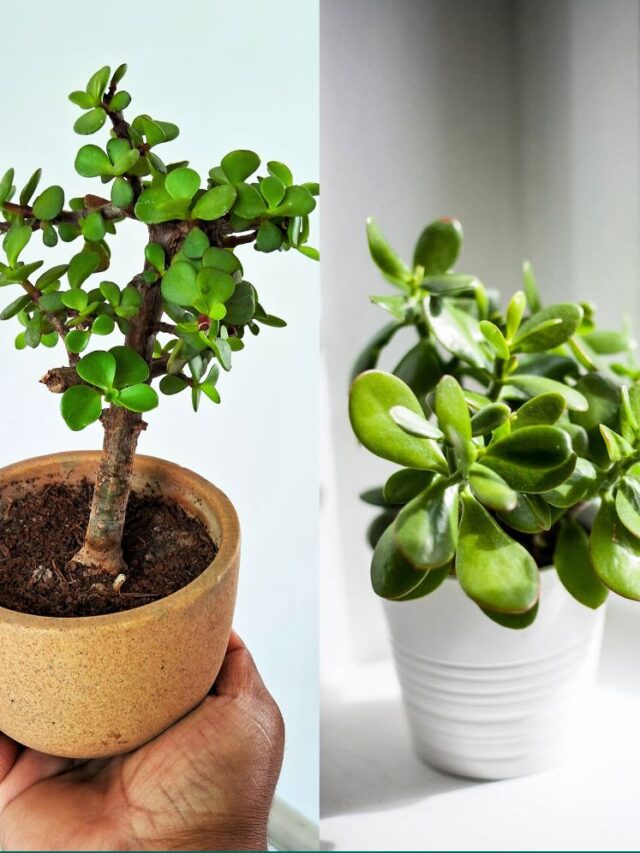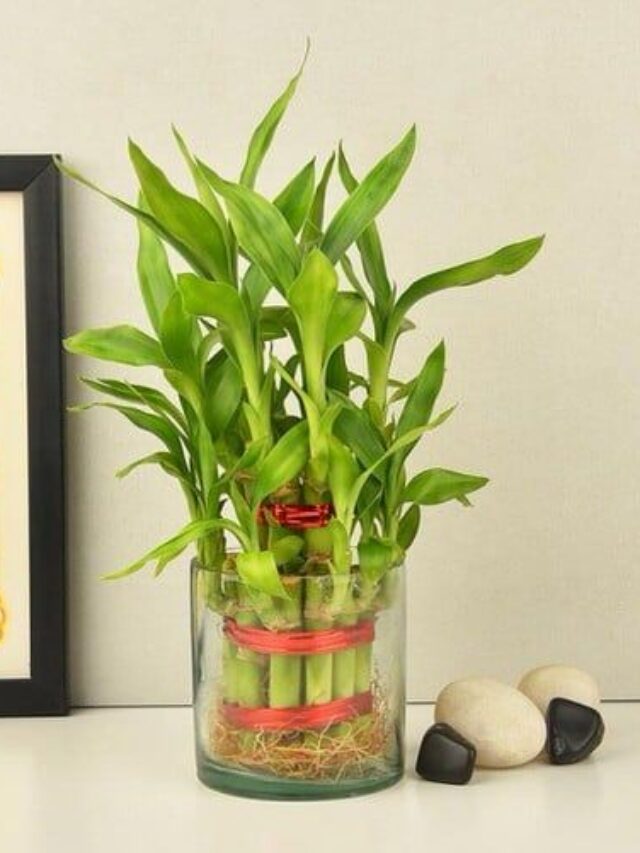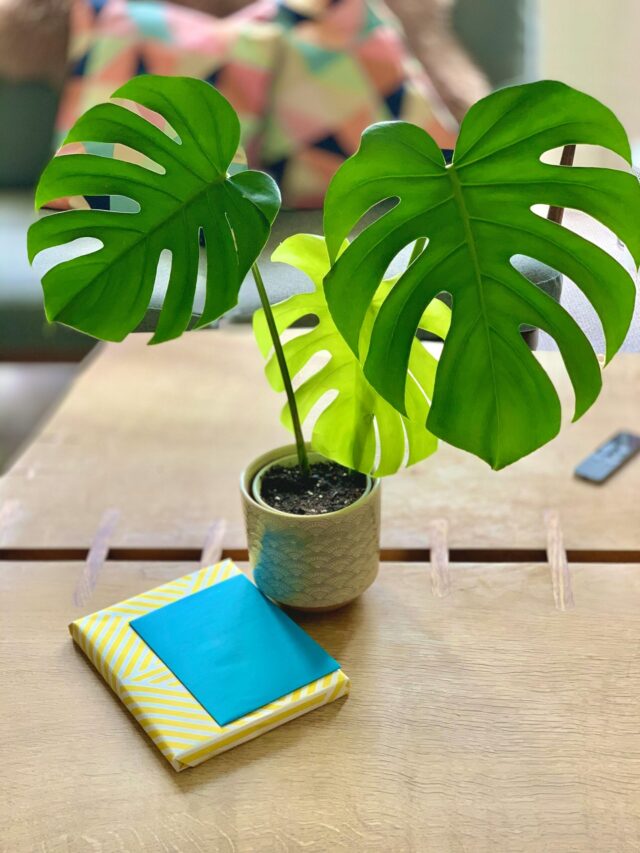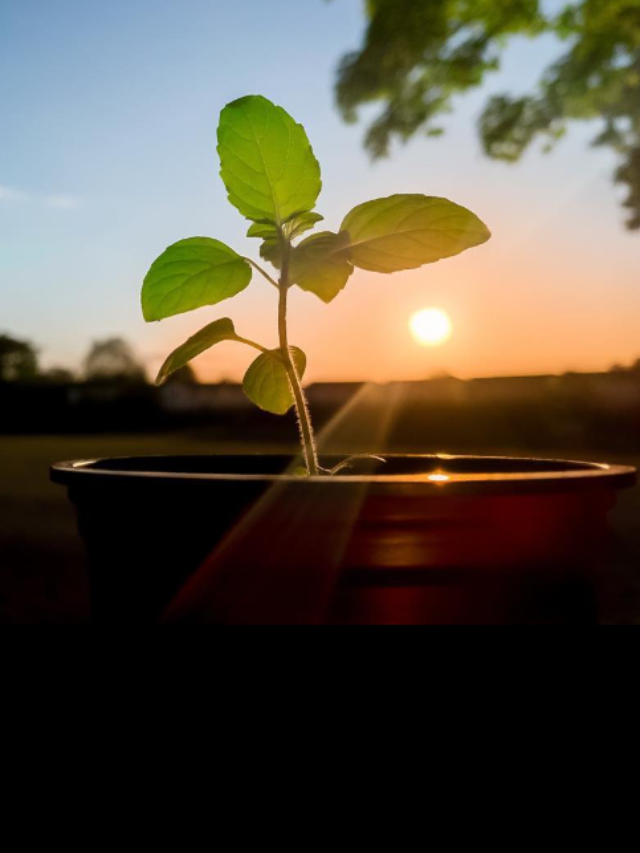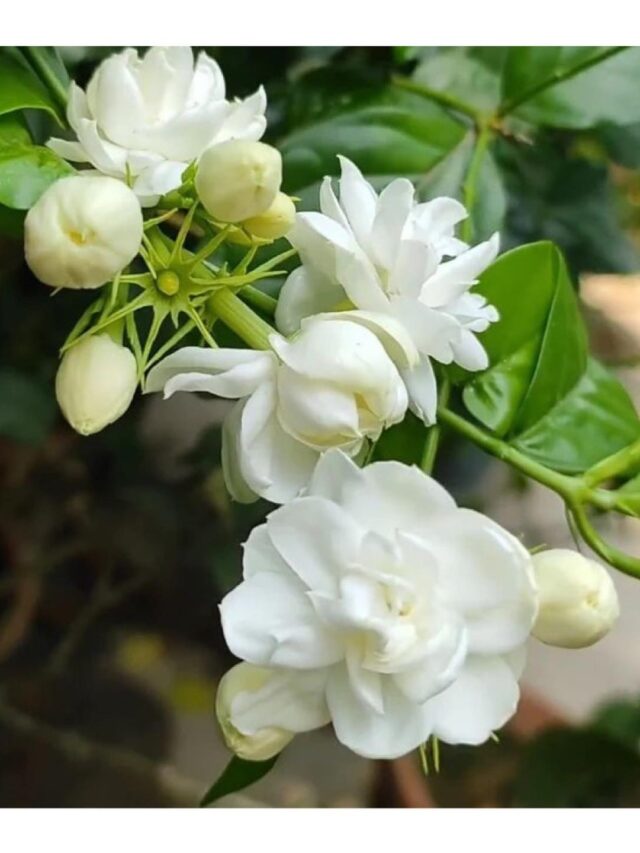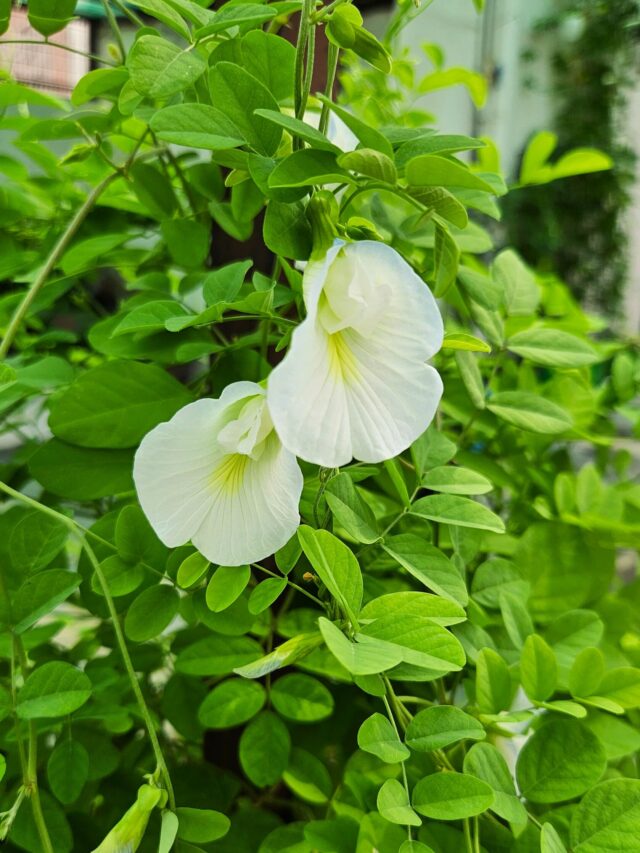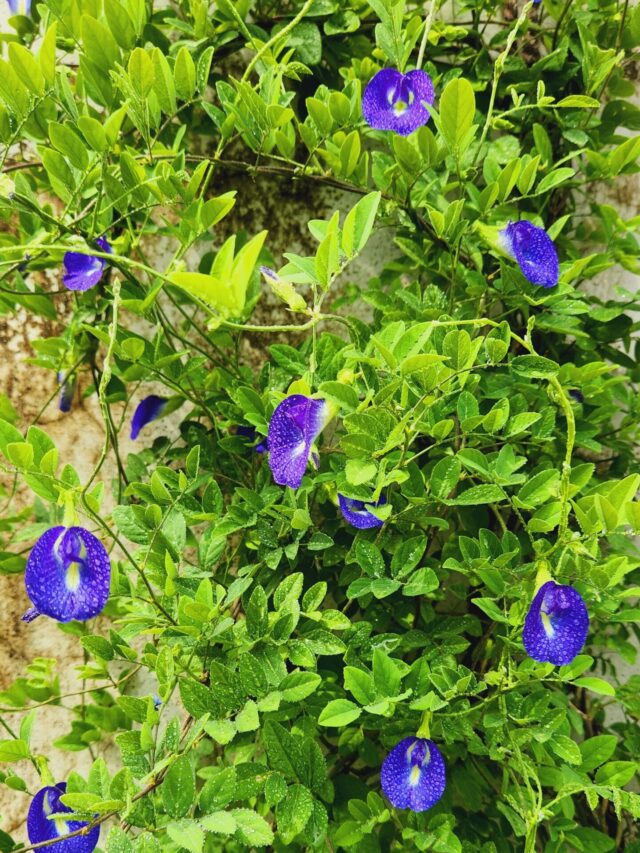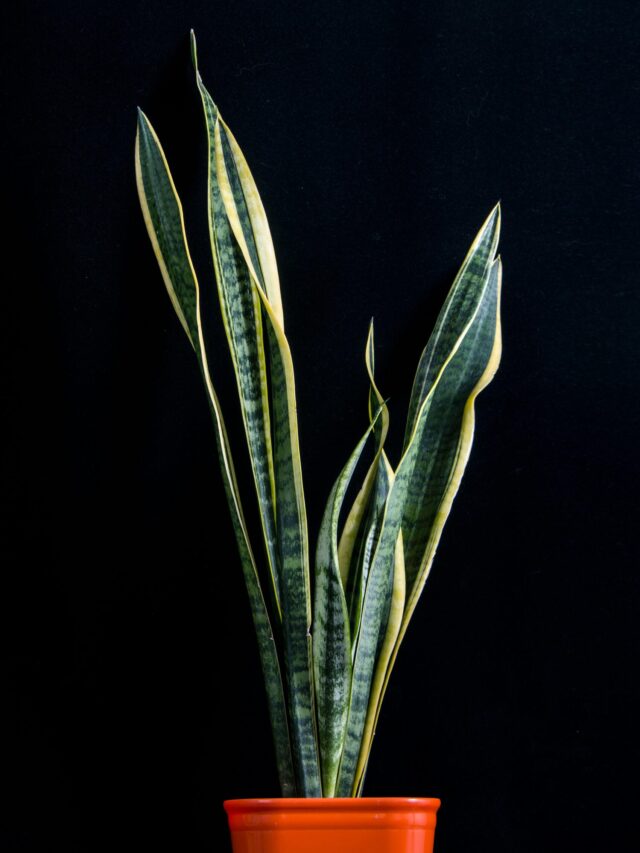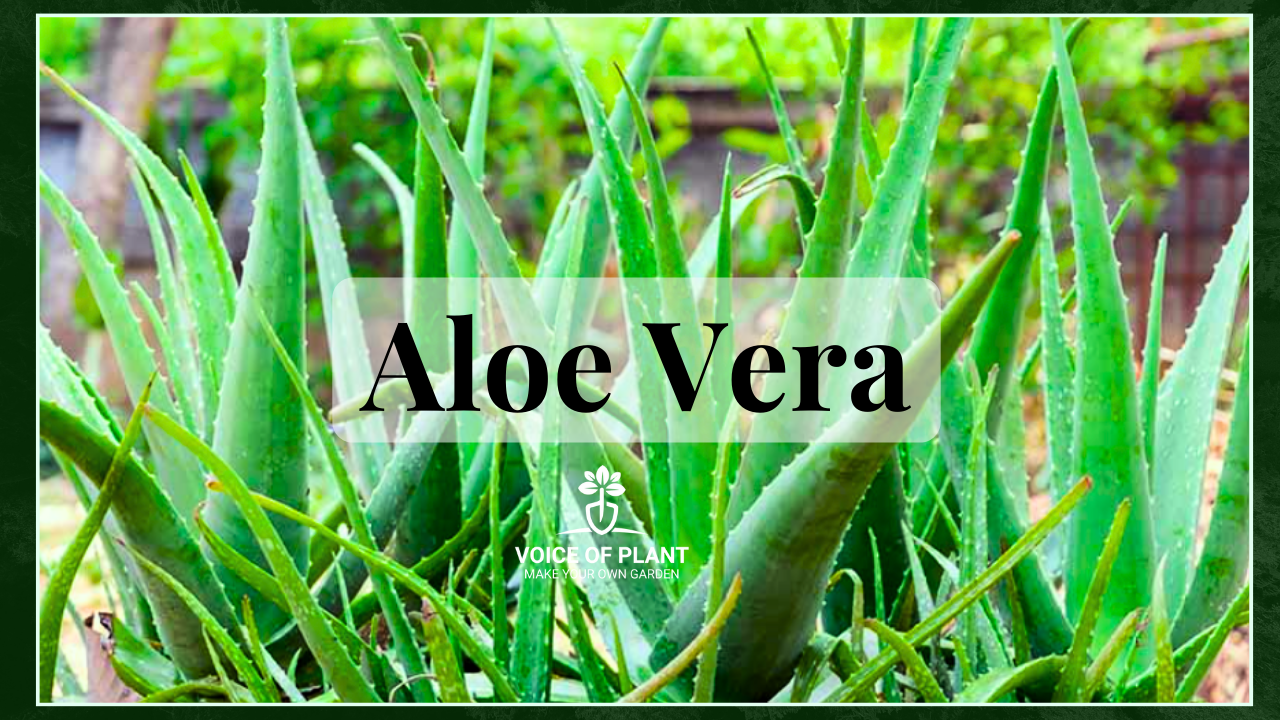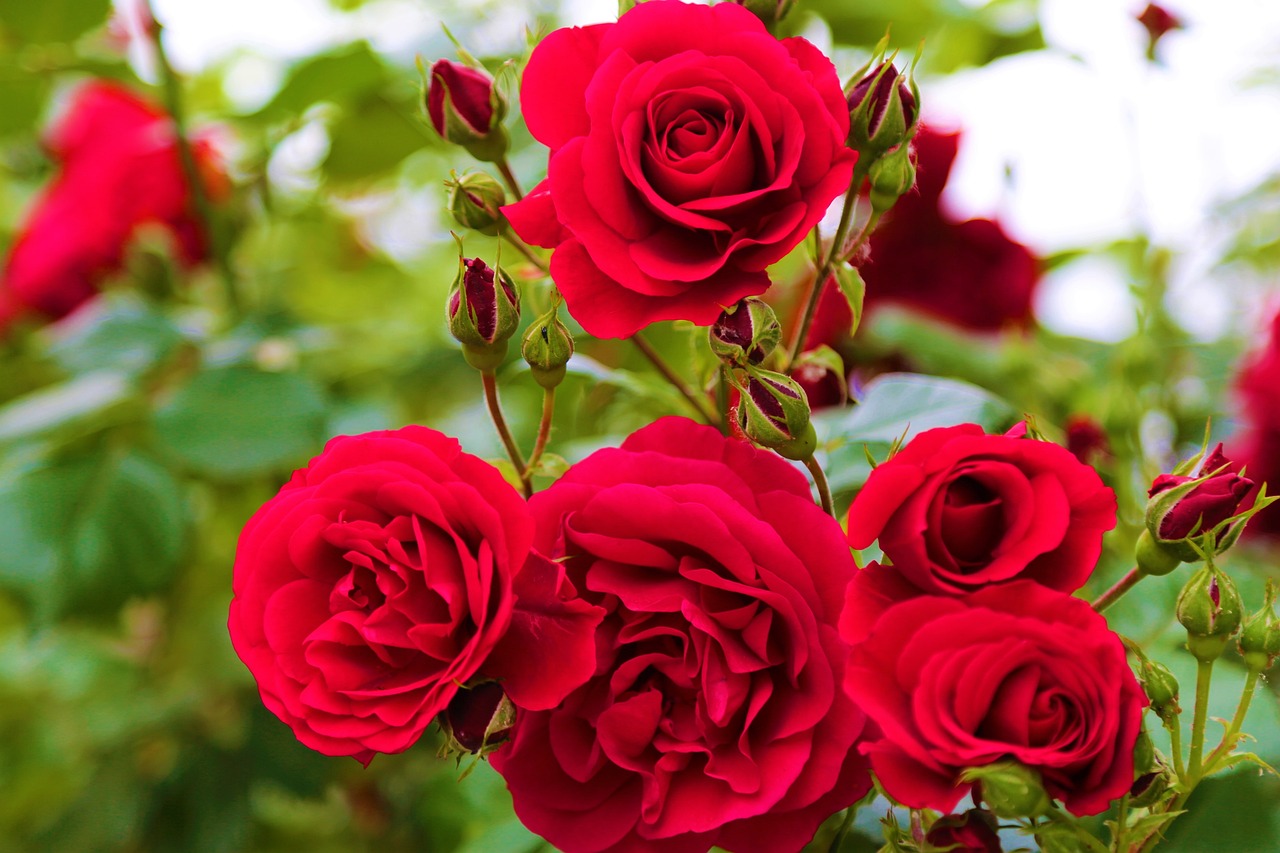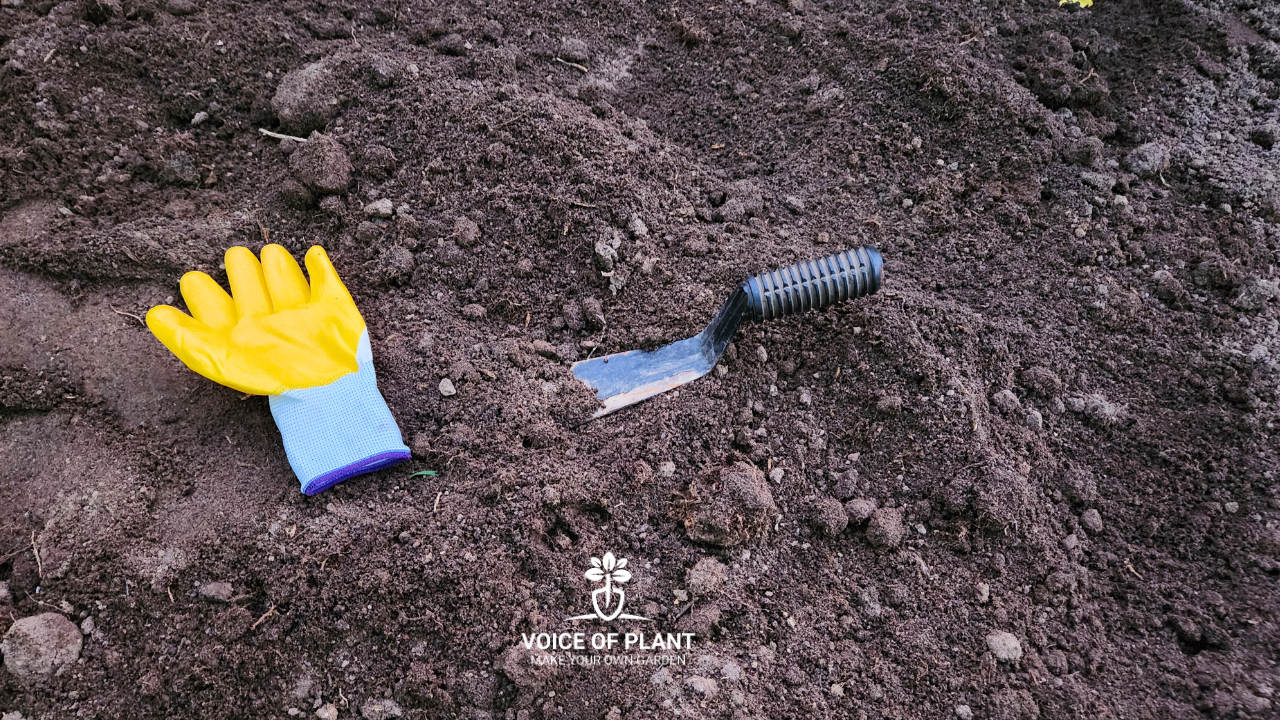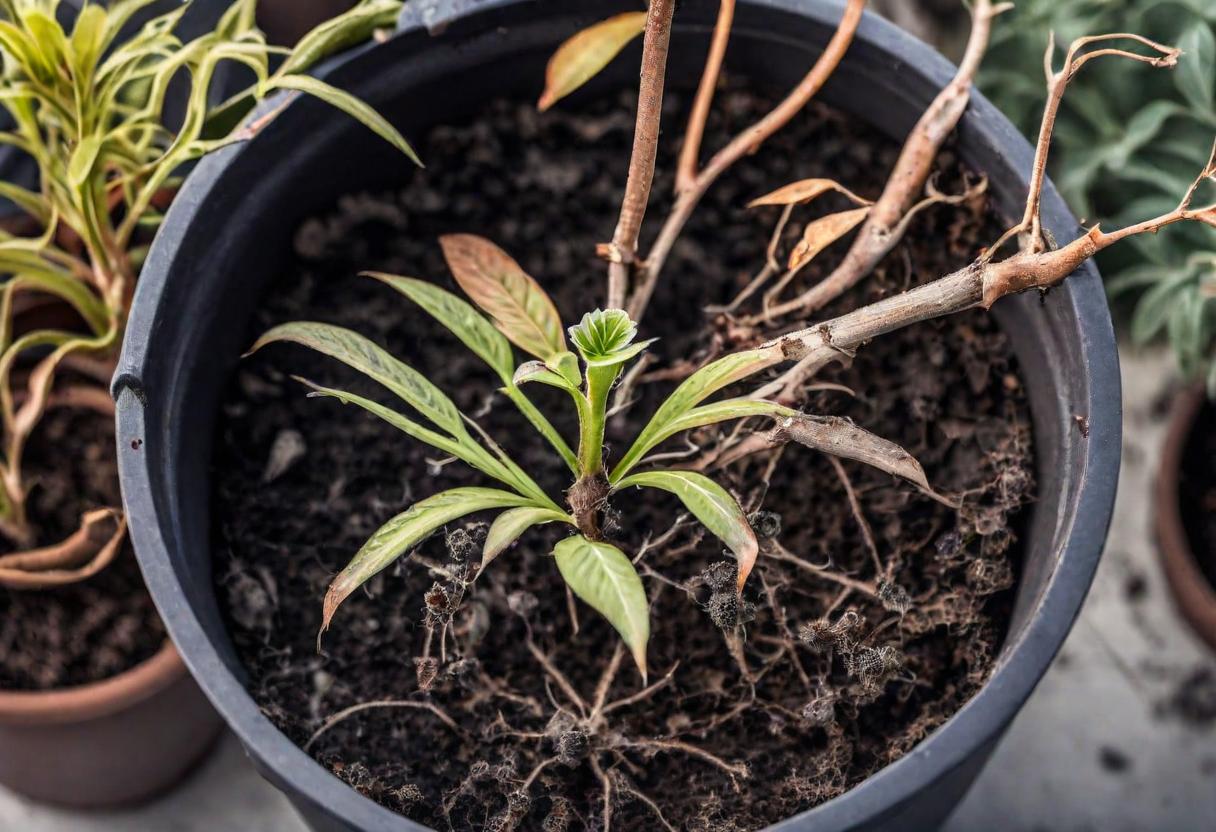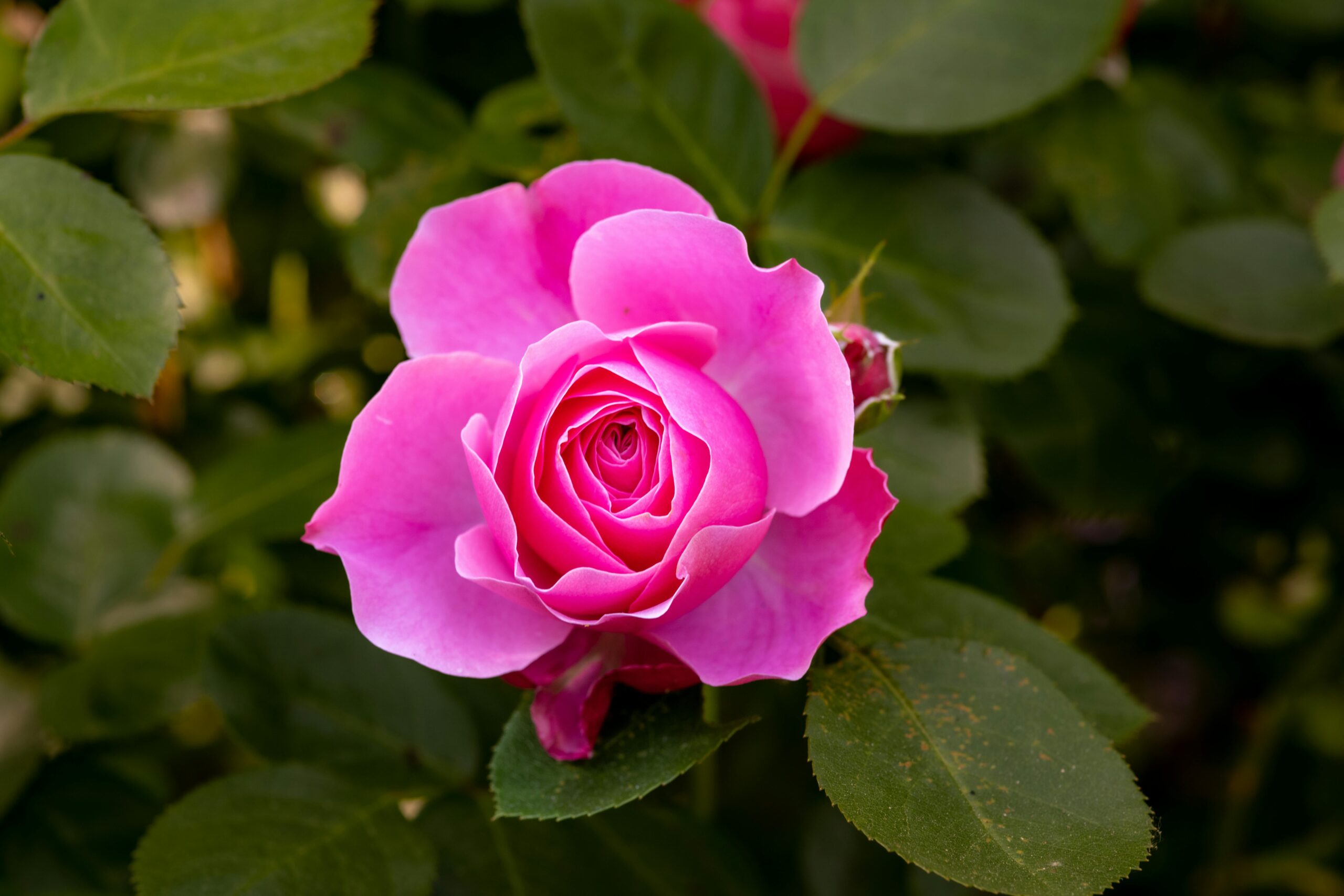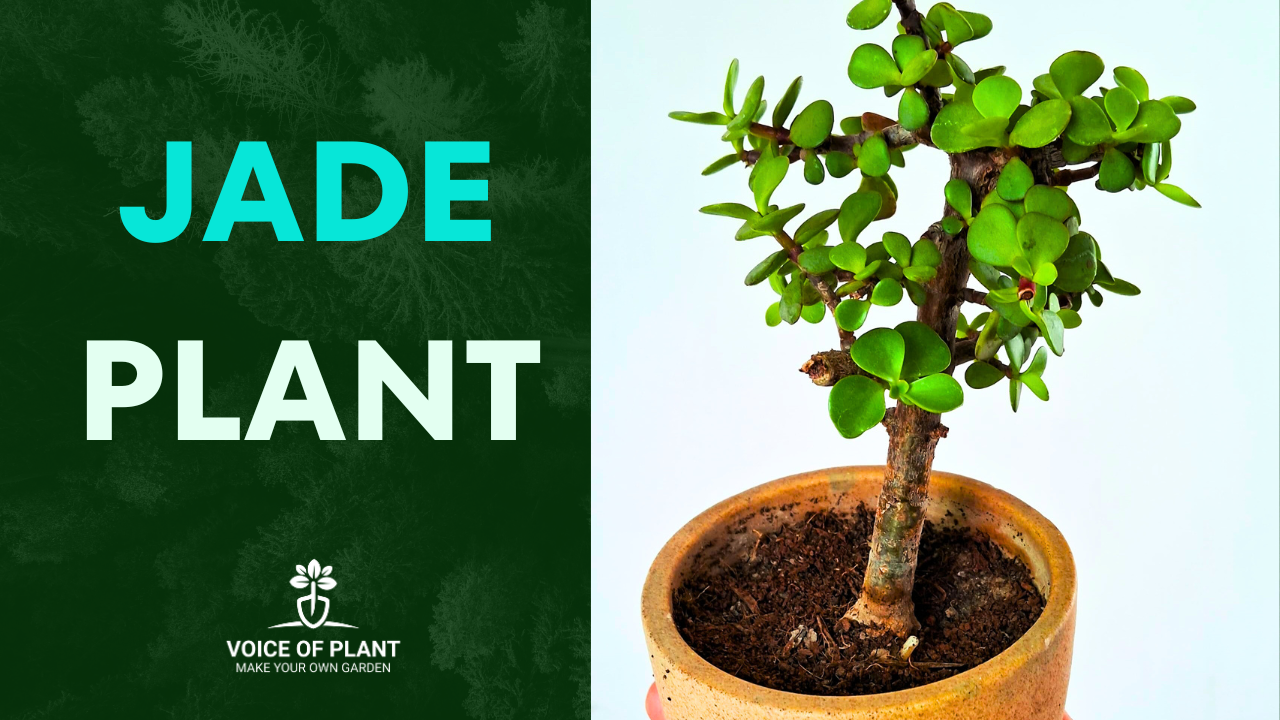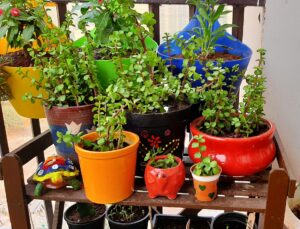Money Plant Care Tips
Money plants, also known as Pothos are available in so many colors and different varieties rule the world by distinct names. This plant flourishes in almost every second home.
Beautiful, shiny, big green leaves of the money plant always magnify the beauty of every garden. Its leaves are typically green and variegated and can grow to be several feet long.
A money plant is considered to be:
- a hardy,
- low-maintenance plant
- that is easy to care for and
- also purifies the air.

Some people keep money plants inside the house and some people keep these plants outside the house. If properly cared for, this plant can easily thrive in both indoor and outdoor environments.
Money plant Care tips
In this complete guide article, we will discuss:
- best season,
- from where to get,
- propagation & care.
- light requirements,
- pot size,
- soil mixture,
- watering,
- moss stick,
- pruning and
- fertilizer’s for money plant.
1. Best season for money plant
(i) It is a summer plant.
-
It grows best during the interval of February- October.
(ii) Monsoon is the best season for money plants.
-
During rain, both the plant and cutting of the money plant grow at a faster pace.
(iii) During winters, it slows down its growing speed.
-
Whereas, the leaves of the money plant also start turning yellow or black and should be kept in a warm place (during winter).
2. How to get a Money plant?
(i) Get it from Nursery
- Money plants are easily available in nurseries.
- At the nursery, it would be available in pots or in polybags.
- Do not repot it, if it is available in the pot. Let it get settled at your place for some time.
- If it comes in a polybag then also wait for 7-8 days for the repotting process.
- Shift the money plant in the pot when it is out of stress.
(ii) From the Cutting
- Money plant cutting can be borrowed from anywhere.
- Borrowed cuttings of money plants can be used to turn into a full-fledged highly dense money plant.
- Always take cuttings from healthy money plants.
- Make sure the chosen branch has at least 3-4 nodes in it.
- Money plants always grow from nodes or aerial roots, not from the leaves.
Important note:
- Do the repotting of the money plant in the evening only.
- While repotting, the moss stick of the money plant and the roots should not be disturbed.
3. Propagation & Care for Money plant
Indeed, you can also cultivate money plants from cuttings.
- Taking cuttings represents a simple and efficient method for propagating money plants, allowing you to generate new plants at no cost.
- These cuttings can be cultivated in various mediums such as water, soil, LECA balls, coco peat, sand, and more.
4. Light requirements for Money plant
- Avoid placing money plants in strong direct sunlight.
- Money plants thrive best in indirect light, both bright and medium.
- You can keep money plants either indoors or outdoors, but avoid exposing them to strong sunlight.
- Consider placing them on a roof or balcony covered by a green net or other shade.
- It’s not recommended to frequently move the plant.
- Allow it to settle in one place; avoid excessive relocation.
5. Pot size for Money plant
- Ideally, an 8-10 inch-sized pot is sufficient for a money plant, but it can also thrive in smaller pots.
- Hanging pots are another option for growing money plants.
- Do not repot them until and unless the roots of the plant start coming out from the pot.
- Moreover, they show some signals also if there is a need to change the pot.
5. Best soil mixture for Money plant
- The soil should be well-drained, which means the drainage system of the soil should be very good.
- The soil should quickly absorb water when you provide it, and it should not stagnate on the top.
6. Watering tips for Money plant
- Money plants require humus, water, and moisture in their soil to bloom properly, whether they are kept indoors or outdoors. Its soil should not dry up.
- Give water properly whenever it seems that the soil is getting dry and hard.
- Spray some water on the moss stick also (if it is there).
- Always clean the leaves of money plants by spraying some water to get rid of dust and also this process will enhance the process of photosynthesis.

- All the above steps will uplift the growth of the money plant.
7. Moss stick support for Money plant
- If you want your money plant to be very dense, then first of all you need to support it.
- You can use sticks for support like moss sticks, jute sticks, or any other stick covered with cloth.
- Moss sticks are the most preferred and inexpensive option (easily available at all nurseries).
- Wrap the branches of the plant across the stick keeping in mind that aerial nodes get directly in touch with sticks.

6. Pruning of Money plant
You should prune the money plant at regular intervals to achieve a bushy and dense appearance.
- Pruning of yellow and damaged leaves is very essential for the healthy growth of money plants.
- Always use sharp and clean tools for pruning.
- The more you prune it, the denser it will become.
“It is important not to over-prune your money plant, as this can slow its growth and decrease its overall health.
Pruning should be done sparingly and only when necessary.”
7. Fertilizer for Money plant
Money plants can benefit from occasional fertilization, especially during the growing season (spring to fall). Moreover, different nutrients should be provided at the gap of 20 days. To begin, use cow dung liquid fertilizer (with high NPK), and then switch to seaweed fertilizer.
- Always remember to feed your plant with diluted fertilizer, with a higher proportion of water compared to the fertilizer.
Click here to read: 5 Tips to Care Money Plant in Winter Season
====================
It was all about the “Money Plant”.
Make your own garden!
Follow our Social media channel:
2. Voice of Plant Facebook Page
3. Instagram Voice of Plant Channel
Happy Gardening!
